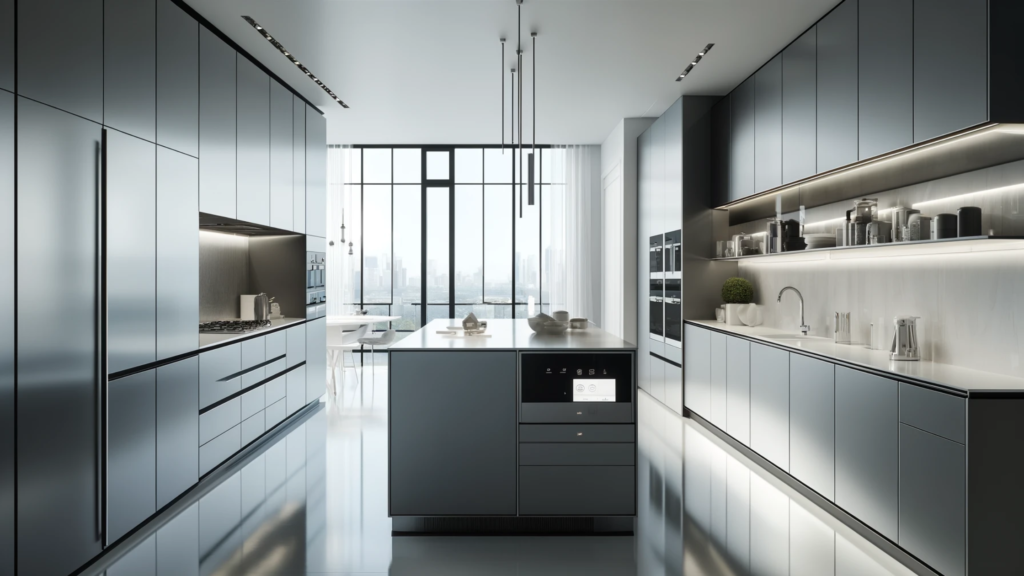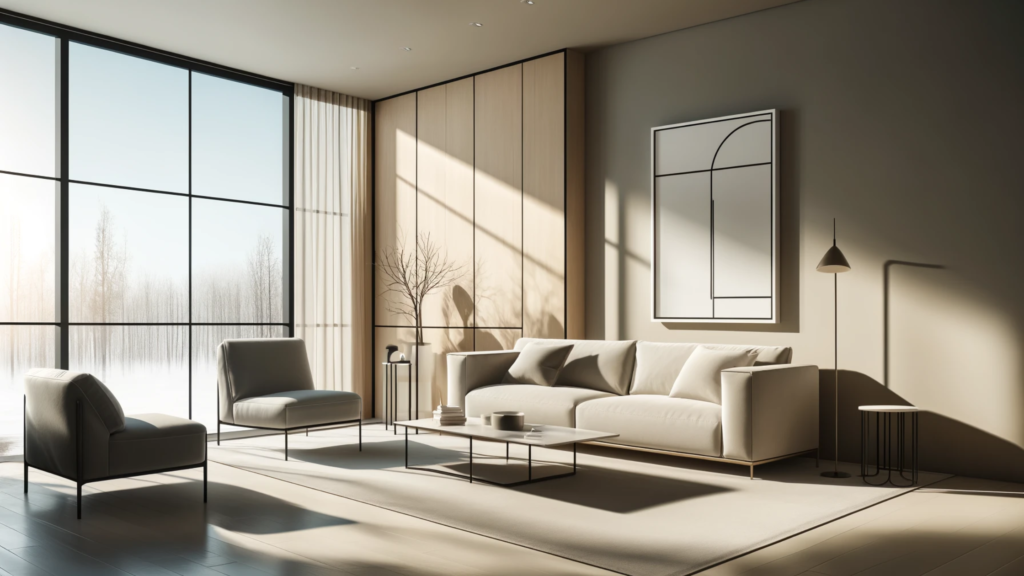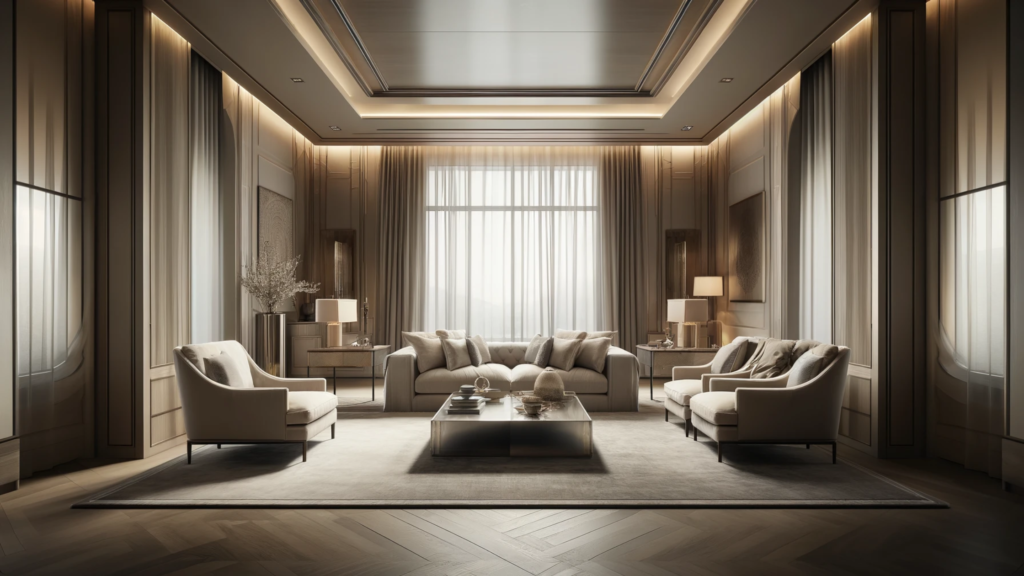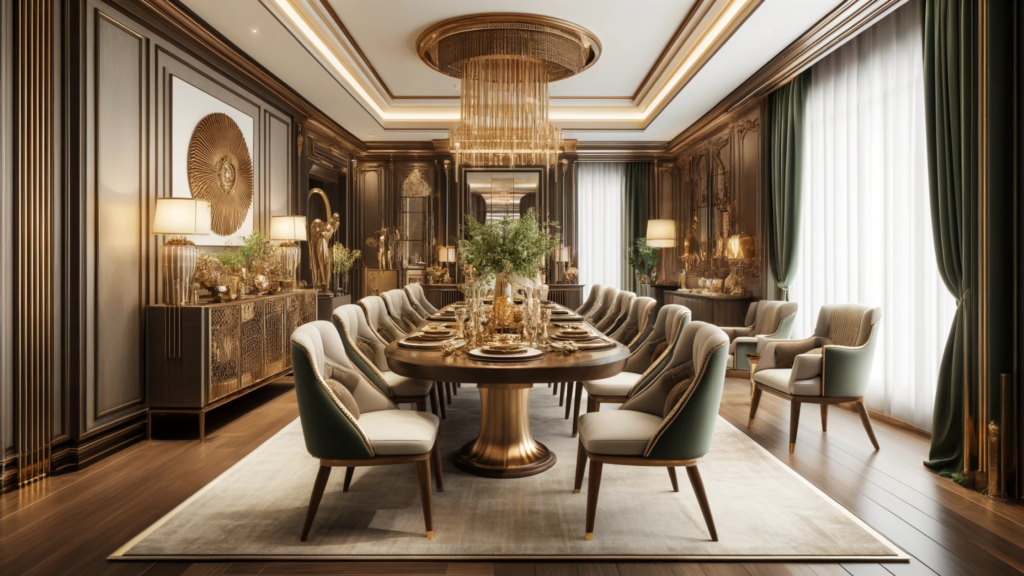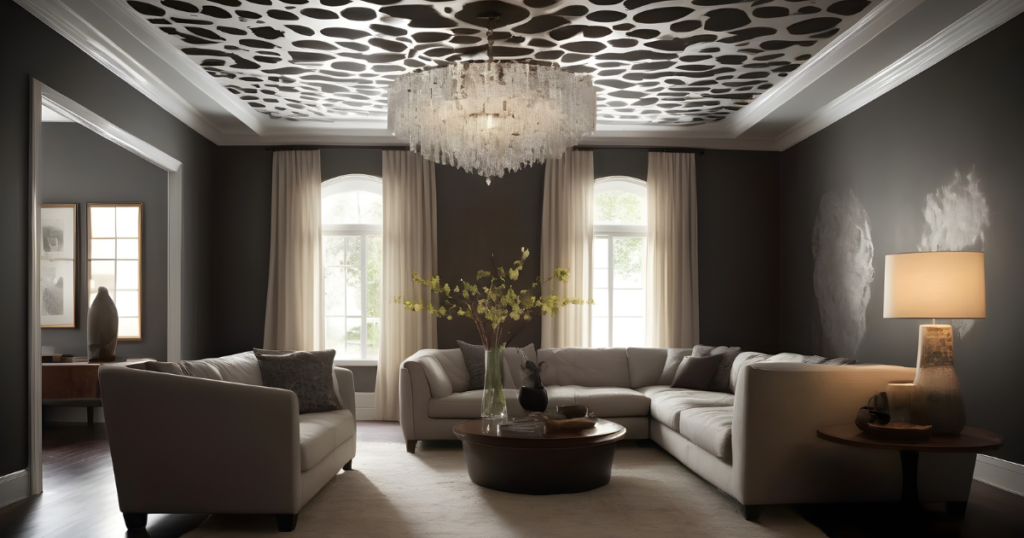The Role of Texture in Interior Design: Adding Depth and Dimension to Your Home
Hey there, sunshine lovers and design aficionados! Today, we’re talking about Maximizing Sunlight in Interior Design | Elegant & Luxurious Spaces. It is something that can literally brighten up your space – natural light. It’s not just about saving on your energy bill; it’s about creating an ambiance that’s both luxurious and lively. Let’s delve into how maximizing sunlight can revolutionize your high-end living and working spaces. The Magic of Natural Light Natural light doesn’t just illuminate; it transforms. It brings out the true colors of your interiors, highlights textures, and adds a dynamic element that changes throughout the day. But there’s more – it’s also about how it makes us feel. Studies show that natural light boosts our mood, increases productivity, and even improves our health. Talk about a ray of sunshine! Architectural Design for Maximumizing Sunlight The journey to maximizing natural light starts with architectural design. Think large, floor-to-ceiling windows, strategically placed skylights, and open-plan layouts that allow light to flow freely. Consider how the sun moves across your space throughout the day and design accordingly. In a luxurious home, imagine a sun-drenched living room with an expansive glass wall that opens up to a breathtaking view. The Art of Reflection Mirrors aren’t just for checking your fabulous reflection; they’re a designer’s secret weapon for amplifying light. Place mirrors opposite windows to reflect sunlight and brighten up darker corners. In a corporate setting, mirrored or glossy finishes on furniture and accessories can achieve a similar effect, making the space feel more open and airy. Light, Color, and Texture Light interacts with color and texture in fascinating ways. Light colors and reflective surfaces enhance brightness, while darker hues absorb light. In a high-end interior, consider a palette that balances light and dark, with materials like polished marble or metallic accents to catch the sun. Smart Window Treatments It’s not just about letting light in; it’s about controlling it. Motorized blinds or translucent window treatments allow you to adjust the amount of sunlight entering your space. This control is particularly important in areas where direct sunlight might be overwhelming or where privacy is key. Transitional Spaces Transitional spaces like hallways or entryways often lack natural light. Consider installing solatubes or skylights to bring in sunlight from above. For an elegant touch, add a skylight above a staircase or an entry hall in a luxury home to create a dramatic, sunlit focal point. Integrating Outdoor and Indoor Spaces For those blessed with beautiful landscapes, blending indoor and outdoor spaces can flood your interior with sunlight. Think sliding glass doors or an indoor-outdoor sunroom that offers the best of both worlds. In luxury homes, an outdoor living room that seamlessly transitions into the indoor space can be a game-changer. Artificial Lighting as a Supplement Let’s not forget artificial lighting. While we’re focusing on natural light, the right artificial lights can complement and enhance it. Layer different types of lighting – ambient, task, and accent – to create a harmonious balance, especially in areas where natural light is scarce. There you have it, folks – the lowdown on maximizing natural light in your swanky spaces. It’s clear that natural light plays a crucial role in creating luxurious, inviting, and vibrant environments. Whether you’re redesigning your chic residence or sprucing up your high-end office, incorporating these tips can lead to spaces that are not just visually stunning but also deeply connected to the natural world. Let the sunshine in and watch your space come alive! FAQs How can I maximize natural light in a small space? Use mirrors and reflective surfaces, choose light colors, and consider transparent or light window treatments to enhance light. Can natural light help reduce energy costs? Absolutely! Utilizing natural light effectively can reduce the need for artificial lighting during the day, saving on energy bills. Is too much natural light a problem? It can be, especially in terms of heat and glare. Using adjustable window treatments and smart glass can help manage excessive sunlight. The Role of Texture in Interior Design: Adding Depth and Dimension to Your Home Hello, luxury design lovers! Today, we’re delving into the role of texture in interior design and how it adds that extra ‘oomph’ to your homes. It’s all about the feel beneath your fingertips, the visual contrast that catches your eye, and the overall depth that texture brings to a space. So, get ready to explore how you can use texture to turn your home into a sophisticated, sensory experience. Table of Contents The Power of Texture in Design Texture plays a crucial role in interior design; it’s like the secret spice in a gourmet dish. It affects how we perceive a space – both visually and tactilely. A well-textured room provides a rich experience that engages the senses, making the space feel more inviting and lived-in. Balancing Textures Balancing different textures is key to a cohesive design. Imagine a living room with a soft, plush rug, sleek leather sofas, and a rough, natural stone fireplace. This interplay of textures creates a dynamic yet harmonious space. It’s about finding the right mix that speaks to your style and comfort. Texture and Color Texture and color go hand in hand. Lighter textures can make a room feel more airy and spacious, while darker textures tend to create a feeling of warmth and intimacy. Think of a luxurious bedroom with dark, velvety walls and light, silky bedding – the contrast is not just visually stunning, but also deeply comforting. Natural Textures for a Touch of the Outdoors Incorporating natural textures brings an element of the outdoors inside. Wood, stone, rattan, and jute offer a sense of calm and grounding. In a high-end home, a wooden paneled wall or a marble countertop can add a touch of nature’s luxury. Textured Fabrics for a Layered Look Fabrics are a fantastic way to introduce texture. Velvet, silk, wool, and linen each have their own unique feel and aesthetic. Layering these materials through curtains, cushions,


